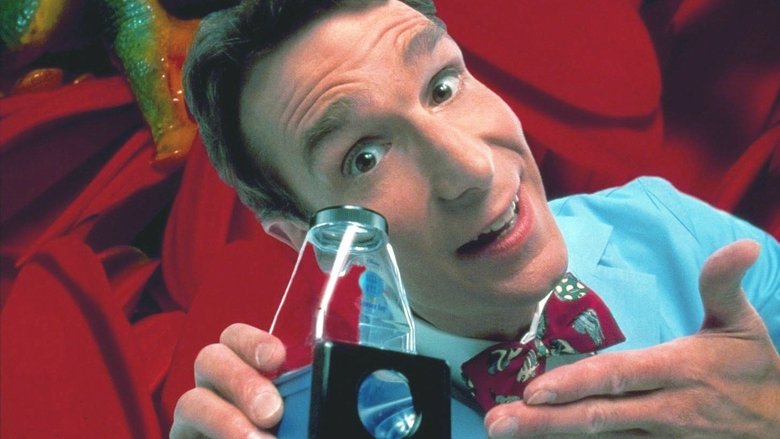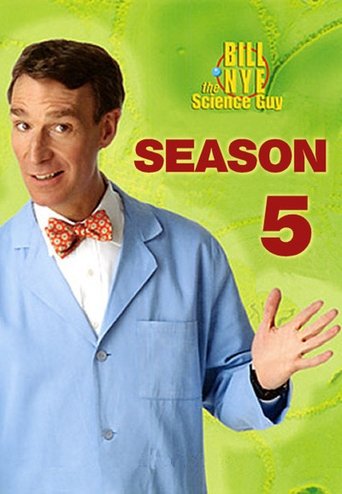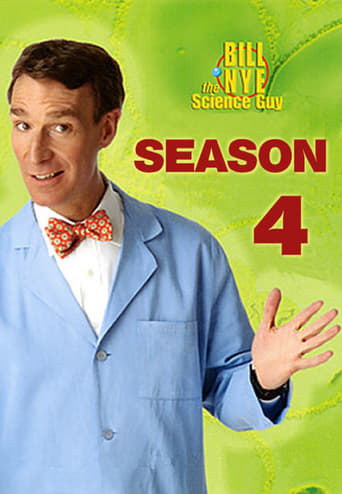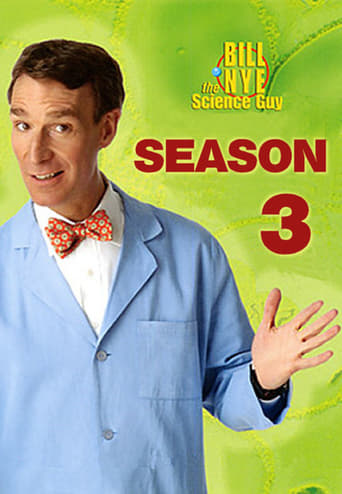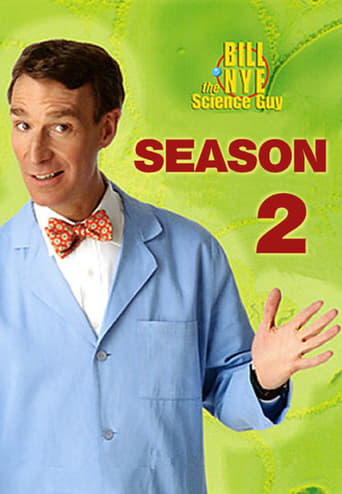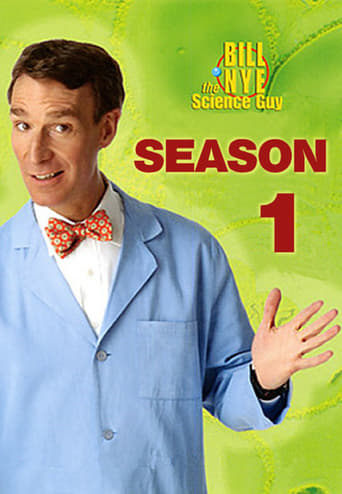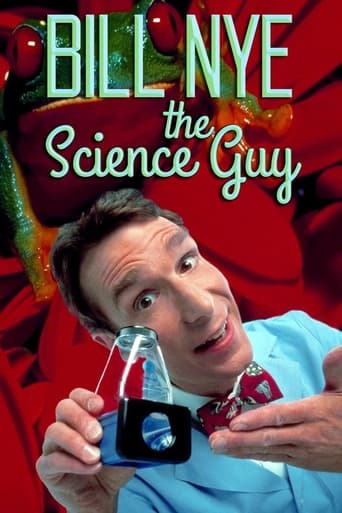
Trailer
Synopsis
It's "Mr. Wizard" for a different decade. Bill Nye is the Science Guy, a host who's hooked on experimenting and explaining. Picking one topic per show (like the human heart or electricity), Nye gets creative with teaching kids and adults alike the nuances of science.
Episode 20 : Animal Locomotion
October. 27,1995
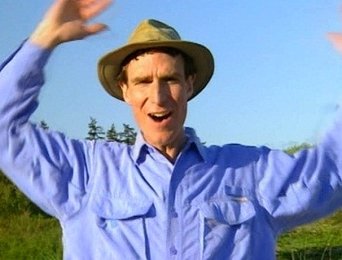
Some animals have wings that let them fly and hover. Other animals have legs, from two to more than 200, to get them walking, galloping, or running. Some animals’ legs are really pumped-up for powerful jumps. Animals also strut, stroll, slither, swim, slime, sprint and squeeze their way around.
Episode 19 : Populations
October. 20,1995
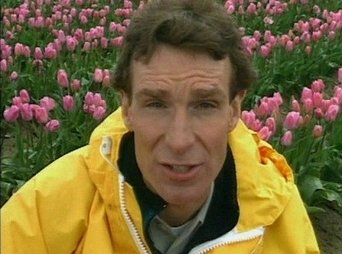
Populations need a couple of basic things to survive – food and a place to live. When two or more populations of living things are crowded into a small area, there is competition for food and space. A population of birds and a population of squirrels compete for seed and bread crumbs in a park. Competition is a natural part of life, but problems can arise if populations get out of balance.
Episode 18 : Birds
October. 13,1995

Scientists believe that birds evolved from reptiles. Birds have backbones, and they lay eggs, but they’ve developed a unique feature that sets them apart from all other animals – feathers. Feathers are made of the same stuff human fingernails and hair are made from – a protein called keratin. Feathers, combined with lightweight bones, powerful wings and strong hearts let birds fly.
Episode 17 : Wetlands
October. 06,1995
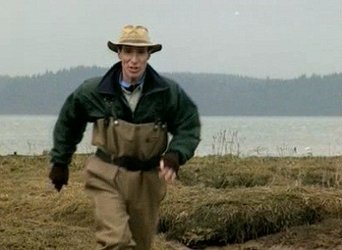
Wetlands are not just home to different animals and plants, but they also control flooding and help keep the Earth’s water clean. Flood waters move more slowly through wetlands because they have to go through barriers of plants and dirt. Wetlands help stop erosion because the plants stop the soil from washing away. Plants and soil in wetlands slow water enough that bacteria and other decomposer organisms can break down and even absorb some types of pollution. Wetlands are wet. Let’s keep them that way.
Episode 16 : Human Transportation
September. 29,1995
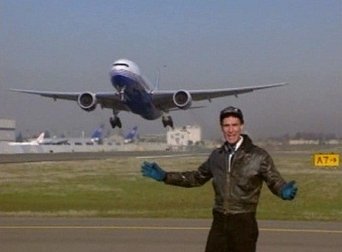
Transportation is all about moving people and their things. You can transport yourself around using your feet, a bike, a car, a train – anything that gets you going from one place to another. Humans have been moving around from place to place ever since they’ve been on Earth. That’s how we get our food and our materials like lumber, concrete and computers from one place to another.
Episode 15 : Fish
September. 22,1995

More than 22,000 different species of fish live in the oceans, lakes, and rivers of the world. Fish come in all shapes and sizes. Some eat water plants, some eat other fish. Lampreys and some jawless fish suck onto other fish for food. Stone fish live on ocean bottoms and camouflage themselves as rocks. Puffer fish blow themselves up like a balloon, only they’re covered with spines. There are tons of strange and cool-looking fish everywhere.
Episode 14 : Spinning Things
September. 15,1995
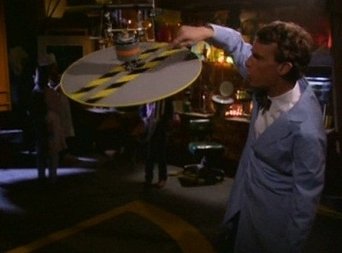
A lot of things spin – bike wheels, footballs, hard disks in your computer, and even the Earth – they’re all twirling around. Spinning things have inertia, which means they keep spinning unless something slows them down. Bike tires keep spinning until you put on the brakes. A football spirals through the air until you catch it. The Earth keeps on spinning 24 hours a day, seven days a week. It’s been spinning for over four billion years.
Episode 13 : Mammals
September. 08,1995
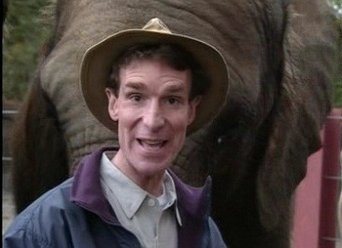
Mammals - They're (sometimes) big, they're hairy, and they're warm-blooded. From human being to moose and from cats to rats, Bill Nye explains what it takes to be in the mammal family.
Episode 12 : Ocean Life
April. 28,1995
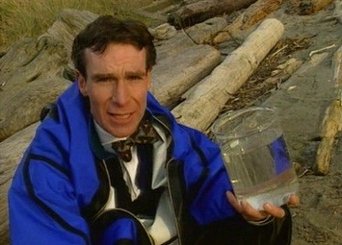
There’s an amazing amount of living things in the ocean. There are fish, sharks, flowers, whales, squid, sea plants, sea anemones, sea otters, and all sorts of other things living in the water. But most of the living things in the ocean are so small we can’t even see them. These tiny plants and animals are called plankton – the “drifters”.
Episode 11 : Waves
April. 21,1995
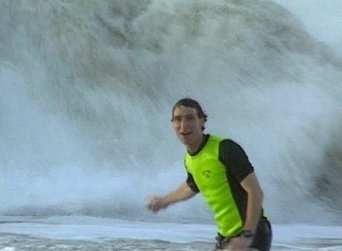
Energy, things like light, heat, and sound, moves in waves. You’ve probably seen waves in the ocean, or ripples when you throw a rock in a pond. Moving energy is not like the wave you do with your hand.
Episode 10 : Climates
April. 14,1995

There are lots of different climates all over the world. Deserts are warm and dry. Temperate forests are cold and wet. Tropical rain forests are warm and wet. Animals and plants live in climates that are good places for them to live. Cacti wouldn’t grow too well in the Arctic, just like polar bears would over heat in the desert.
Episode 9 : Germs
April. 07,1995
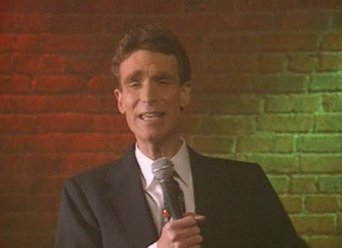
Don’t panic, but germs are all around you. Germs are bacteria, viruses, protozoa, and fungi, very small one-celled organisms. Your skin keeps most of these organisms from ever getting into your body. If germs slip inside, your body has some powerful weapons to attack and destroy them. And not all germs are bad; there are good germs, too, like the ones that live in our stomach and intestines – our guts.
Episode 8 : Friction
March. 31,1995
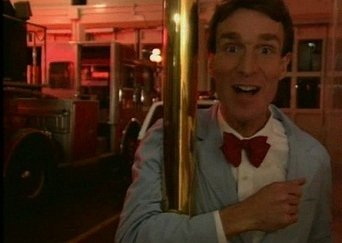
Friction is a force that slows moving things down and turns the moving energy into heat energy. When two things rub together, like your bike tires and the road, friction between them slows you down. There’s also friction in the metal parts of the wheel’s hub – at the center. There’s even friction between the fibers and rubber of the tires themselves as they flex and roll. That’s why you eventually stop rolling when you stop pedaling. Rough things make more friction than smooth things. Rubber shoes on a clean wooden basketball floor create more friction than do hard metal skate blades on smooth ice.
Episode 7 : Water Cycle
March. 24,1995
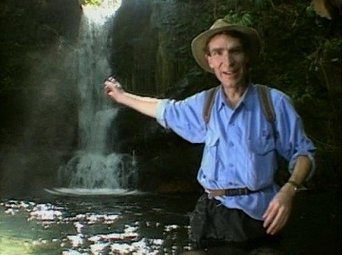
About 70% of the Earth’s surface is covered in water, and almost all of that water has been around since the Earth formed billions and billions of years ago. That means a glass of water you drink today could be water that a dinosaur once sipped. Water is constantly recycled on Earth as rain, snow, sleet and hail. It makes its way in and out of oceans, lakes, streams, hail, and glaciers. Scientists call the recycling of water the water cycle (not that bad, huh?).
Episode 6 : Evolution
February. 17,1995
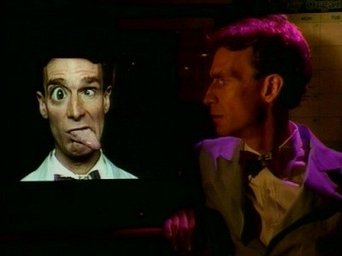
All living things have genes, which are like little sets of blueprints. Genes have information about the color of your eyes, the shape of your nose, and whether you hair is straight or curly. When living things make other living things, they pass copies of these blueprints to the offspring. The copies are mixtures. They’re never exact, never quite perfect. So, the cool thing is that no two sets of blueprints are exactly alike. So each living thing is different from other living things. Scientists know about evolution from fossils. Fossils show how living things used to look millions of years ago. Scientists take information from fossils to see how living things have changed over thousands, hundreds of thousands, and millions of years.
Episode 5 : Energy
February. 10,1995
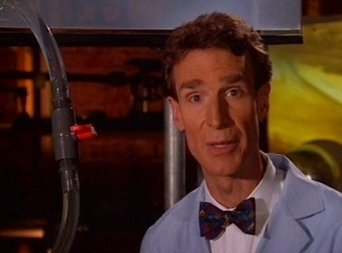
Energy can change forms. Your body changes the energy in food into energy you can use to do things. Dams turn the energy in falling water into electrical energy to bring power to your house. Sound energy changes into moving energy (like when the bass is so high you can feel the floor move).
Episode 4 : Rocks & Soil
February. 03,1995
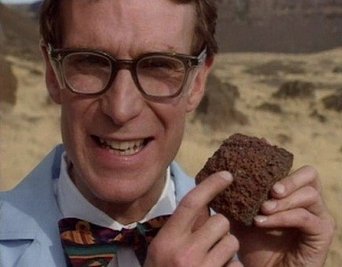
We live on top of rocks – the Earth’s surface. There are three basic types of rocks — igneous, sedimentary, and metamorphic — and each type is made a different way. Igneous rocks are made from cooled lava. Sedimentary rocks are made from small pieces of other rocks stuck together. Metamorphic rocks are formed when other rocks are heated or pressed, or both. One type of rock can change into another type of rock as the Earth’s surface shifts and changes. It takes the right conditions and a lot of time.
Episode 3 : Plants
January. 28,1995
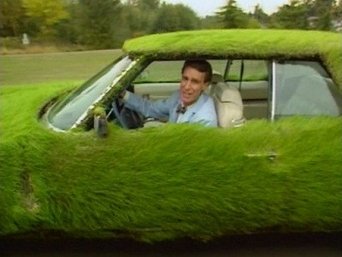
A plant’s recipe for food has only three main ingredients: sunlight, carbon dioxide, and water. When plants make their food, they give off what animals need – oxygen. Without oxygen, animals like us wouldn’t be able to breathe. If plants weren’t here on Earth, we wouldn’t be here.
Episode 2 : Pressure
January. 21,1995

When you push something, you’re using pressure. Pressure depends on two things – the power of the push and the area that’s being pushed on. A push on a small area makes more pressure than the same size push on a big area. Pushing hard on something creates more pressure than a little nudge, naturally.
Episode 1 : Planets & Moons
January. 14,1995
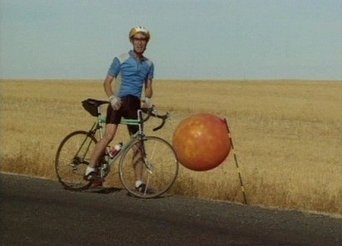
Each planet is different. They are all different sizes – Pluto’s the smallest, and Jupiter’s the biggest. They come in a variety of colors – Mars is covered with rust, so it looks red; the methane (cold natural gas) in the atmosphere of Uranus makes it look blue; and Saturn’s colorful rings are made of icy rock. As far as we know now, Earth is the only planet in our solar system that is home to living things.
Seasons
Similar titles
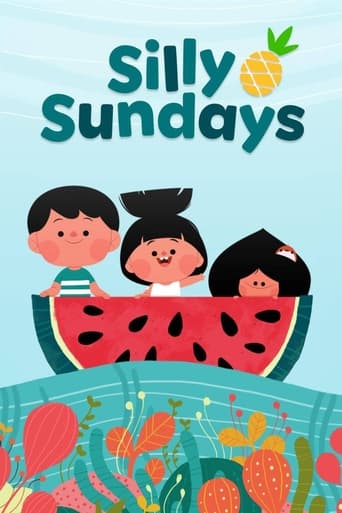
Silly Sundays
Join Hugo, Sonia and Mel on their "Silly Sundays", when school and work are out for the week, and a day of unforgettable family fun lies ahead!

Love Monster
This animated series follows the colourful and funny adventures of lovable hairy hero Love Monster as he searches for the right thing to do in a world in which he is one of a kind.

Star Wars: Droids
An animated television series that features the exploits of R2-D2 and C-3PO. The series takes place between the events depicted in Star Wars Episode III: Revenge of the Sith and Star Wars Episode IV: A New Hope.
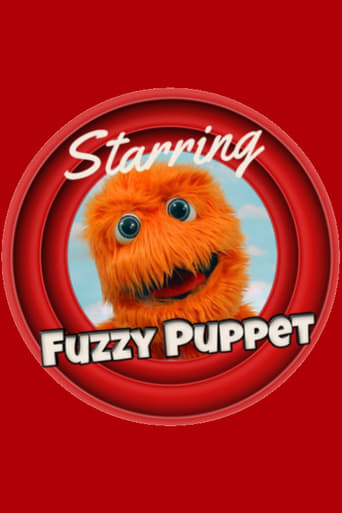
The Fuzzy Puppet Show
Fuzzy Puppet shows you how to play with cool toys for kids and teaches life lessons. He even has his own fuzzy friends to have more fun with him, such as Frisbee, Snowflake, Gergu, and Clucks the Chicken. He and his friends have a lot of fun playing with each other. They will never stop having the fun that they already have!
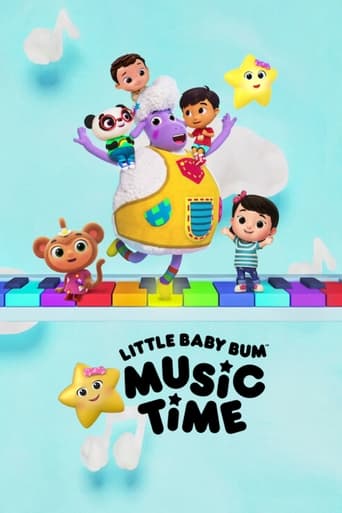
Little Baby Bum: Music Time
Come join the fun at the magical Music Time preschool, where every day is an adventure filled with kid-friendly songs — and lots of learning!
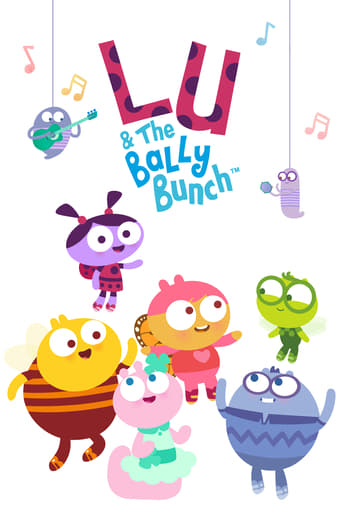
Lu & the Bally Bunch
Navigating preschool life can be tricky! Lu the affectionate ladybird is used to getting her own way - but now, alongside her new classmates, she must learn what it means to be a good friend.

Dino Pops
A prehistoric journey to learn about dinosaurs where modern elements familiar to kids, from ice cream cones to racecars, burst onto the scene.
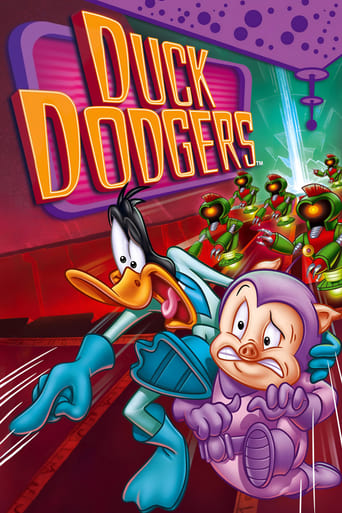
Duck Dodgers
Duck Dodgers is an American animated television series, based on the 1953 theatrical cartoon short Duck Dodgers in the 24½th Century, produced by Warner Bros.

Rosie and Jim
Rosie and Jim was a British children's television programme produced by Ragdoll Productions which aired on CITV from 3 September 1990 to 11 December 2000.
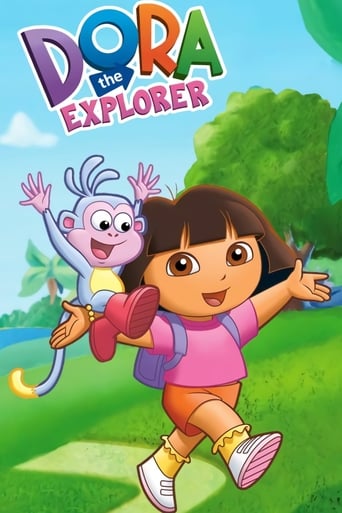
Prime Video
Dora the Explorer
A young girl named Dora goes on adventures with her red boot-wearing monkey named Boots.
Related
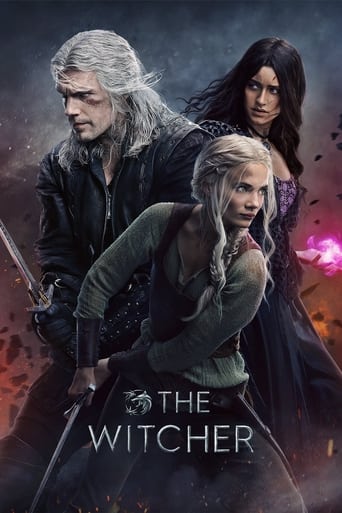
The Witcher
Geralt of Rivia, a mutated monster-hunter for hire, journeys toward his destiny in a turbulent world where people often prove more wicked than beasts.
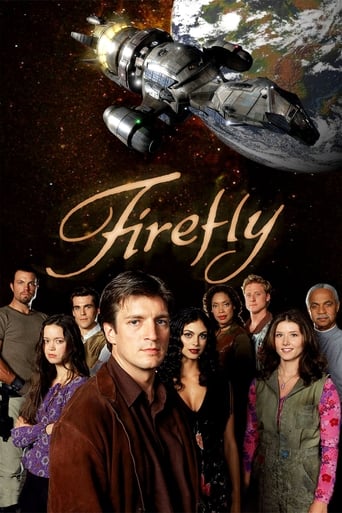
Firefly
In the year 2517, after the arrival of humans in a new star system, follow the adventures of the renegade crew of Serenity, a "Firefly-class" spaceship. The ensemble cast portrays the nine characters who live on Serenity.
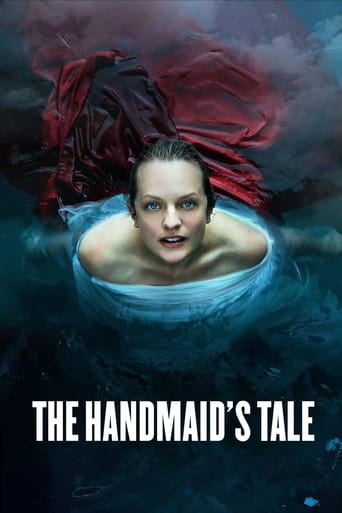
The Handmaid's Tale
Set in a dystopian future, a woman is forced to live as a concubine under a fundamentalist theocratic dictatorship. A TV adaptation of Margaret Atwood's novel.

Beverly Hills, 90210
Follow the lives of a group of teenagers living in the upscale, star-studded community of Beverly Hills, California and attending the fictitious West Beverly Hills High School and, subsequently, the fictitious California University after graduation.
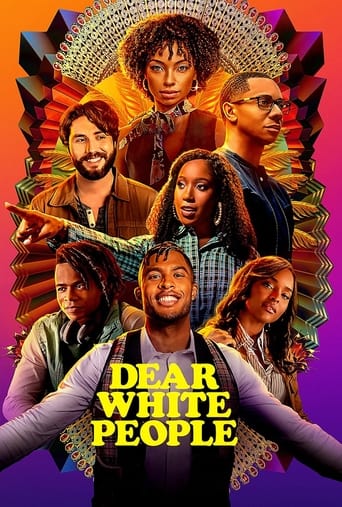
Dear White People
At a predominantly white Ivy League college, a diverse group of students navigate various forms of racial and other types of discrimination.
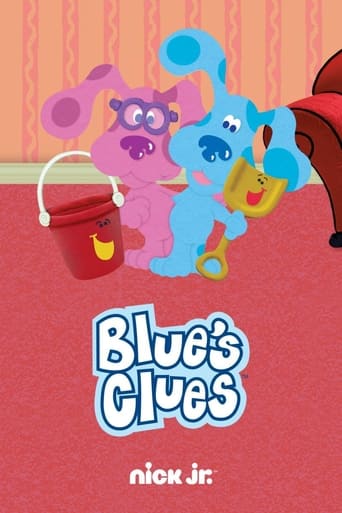
Blue's Clues
Blue's Clues is a colorful and learning series that is targeted at the younger crowd, but can be enjoyed by all. The host, Steve Burns, invites viewers daily into the Blue's Clues house to help him out, learn and have fun. The show is based around the host looking for three clues that Blue provides by labelling them with a pawprint to figure something out and in the process, having an adventure.
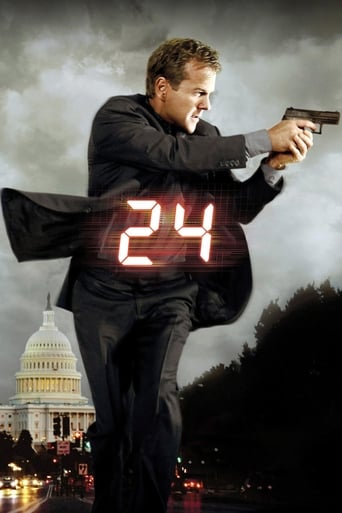
Prime Video
24
Counterterrorism agent Jack Bauer fights the bad guys of the world, a day at a time. With each week's episode unfolding in real-time, "24" covers a single day in the life of Bauer each season.

Scooby-Doo, Where Are You!
Fred, Daphne, Velma, Shaggy, and the talking dog, Scooby-Doo, travel on the Mystery Machine van, in search of weird mysteries to solve.
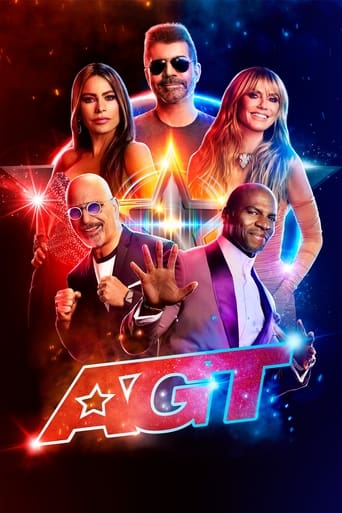
America's Got Talent
A weekly talent competition where an array of performers – from singers and dancers, to comedians and novelty acts – vie for a $1 million cash prize.
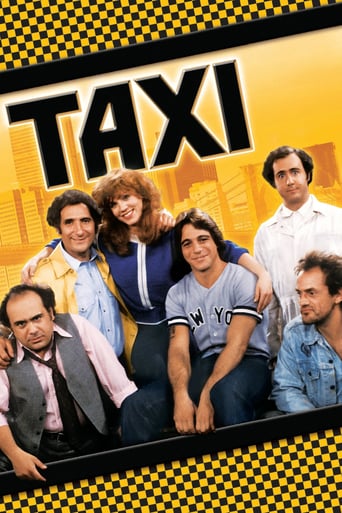
Taxi
Louie De Palma is a cantankerous, acerbic taxi dispatcher in New York City. He tries to maintain order over a collection of varied and strange characters who drive for him. As he bullies and insults them from the safety of his “cage,” they form a special bond among themselves, becoming friends and supporting each other through the inevitable trials and tribulations of life.
Top Streaming TV Show
#1

Ikaw
November. 12,2021
5.9
#2
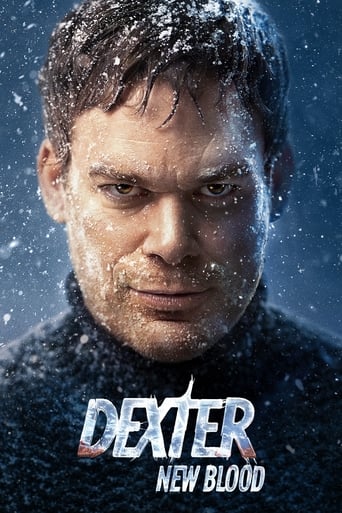
Dexter: New Blood
November. 07,2021
8.1
#3
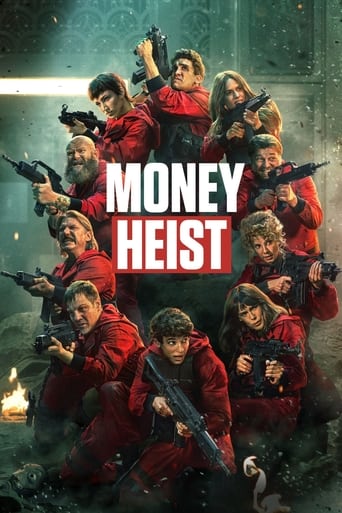
Money Heist
May. 02,2017
8.4
#4

Chicago Fire
October. 10,2012
8
#5

Emily in Paris
October. 02,2020
6.9
#6

The Witcher
December. 20,2019
8
#7

Yellowstone
June. 20,2018
8.7
#8
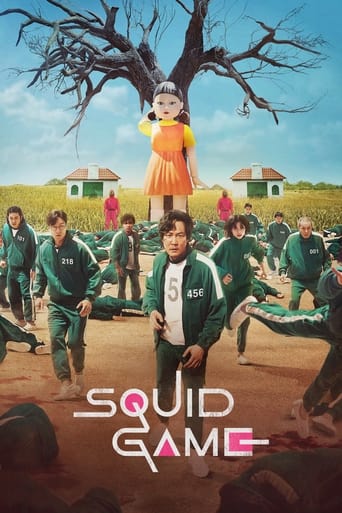
Squid Game
September. 17,2021
8
#9

The Bachelorette
September. 23,2015
5.3
#10
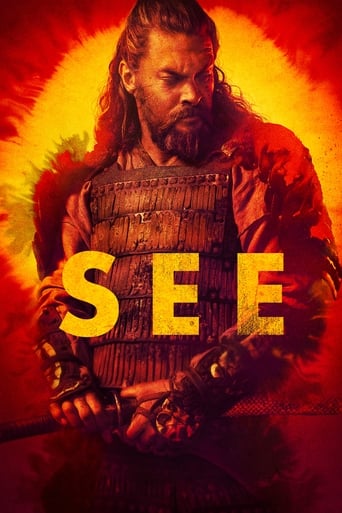
See
November. 01,2019
7.6
